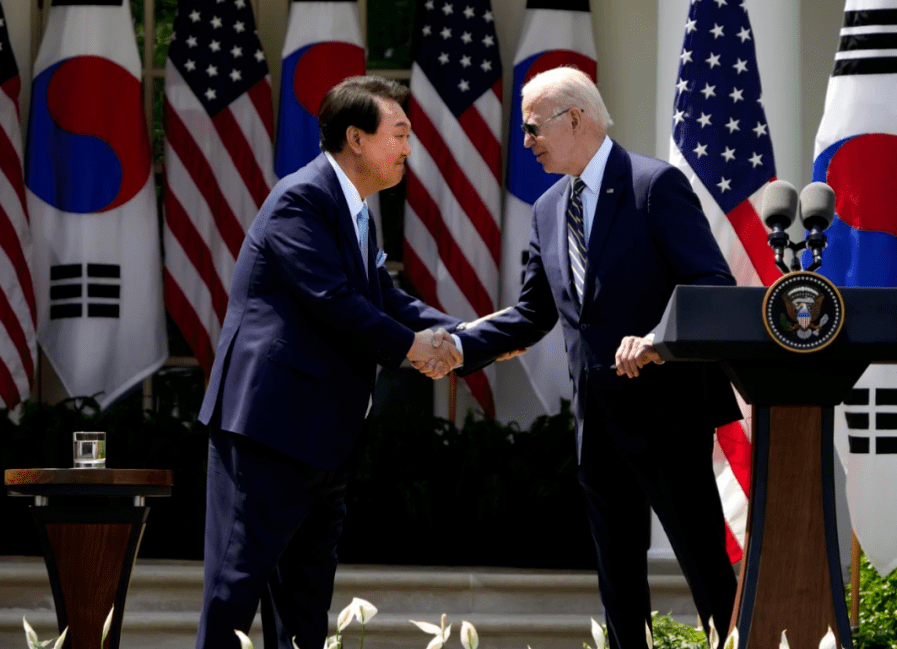Lili Yan Ing, Secretary General of the International Economic Association
Jun 19, 2023
The recent G7 summit in Hiroshima and the subsequent G20 tourism meeting in Kashmir underscored the stark contrast between the two groups’ rhetoric. While
Richard Javad Heydarian, Professorial Chairholder in Geopolitics, Polytechnic University of the Philippines
Jun 09, 2023
After years of distrust, Vietnam and the Philippines may finally have the opportunity to establish a truly consequential strategic partnership amid rising geopolitical uncertainty in the South China Sea.
Philip Cunningham, Independent Scholar
Jun 06, 2023
China recently hosted the Central Asia summit, while Japan simultaneously held a meeting between G7 leaders. Both summits were successful on their own terms, and both teach us something about the geographic and political realities of the two respective host countries.
Zhang Tuosheng, Principal Researcher at Grandview Institution, and Academic Committee Member of Center for International Security and Strategy at Tsinghua University
Jun 06, 2023
Four key opportunities present themselves in Northeast Asia, and it's important to grasp them while we can. Compared with the various major structural challenges in the region, the opportunities are few and small. But there are signs that the situation is improving, albeit slowly.
Nathaniel Schochet, Analyst and CJPA Global Advisors
Earl Carr, Founder and Chief Executive Officer at CJPA Global Advisors
May 31, 2023
The Biden administration recently wrapped up two important state visits with President Yoon Suk Yeol of South Korea and President Ferdinand Marcos of the Philippines. The meetings signify that Biden is on a trek to improve and affirm ties with key Indo-Pacific countries, but it must continue this trend if the U.S. wishes to remain relevant in the region.
Zhang Yun, Professor, School of International Relations, Nanjing University
May 16, 2023
Extended deterrence by the U.S. and ROK, as well as the framing of security as a regional issue requiring alliances, illustrates the spread of NATO-style security thinking. From China’s perspective, this will result in a further imbalance in the region’s security order and requires resolute opposition.

Li Ning, Research Fellow at Center for Asia-Pacific Studies, Shanghai Institutes for International Studies
May 03, 2023
No leader of a U.S. ally has ever made such a show of fidelity before a trip to Washington. Yoon swiftly patched up relations with Japan, announced military aid to Ukraine and made comments on Taiwan.
Leonardo Dinic, Advisor to the CroAsia Institute
Apr 19, 2023
Weaponized interdependence, through which powerful states leverage their position in the global network to achieve strategic goals, is increasingly relevant in the U.S.-China relationship. The U.S. uses its market power and network of alliances to exclude adversaries from the global dollar-dominated system, but this approach has also accelerated the process of global multipolarity and created opportunities for other countries to create alternative ecosystems.

Bala Ramasamy, Professor of Economics and Associate Dean and Director of the Global EMBA Programme, China Europe International School in Shanghai
Matthew Yeung, Associate Professor at Lee Shau Kee School of Business and Administration, Hong Kong Metropolitan University
Apr 17, 2023
The shift of the US policy from engaging China to containing China can be traced back to the Obama administration and his pivot to Asia strategy in 2009.